Alignments are familiar to D&D players, and you've certainly had to put up with extremes because of them.
Be the perfectly correct paladin, a true holy man among mortal failures who locks the table from any creative flash, or the evil, chaotic rogue who abandons the party, betrays, humiliates and destroys any strategy or connection the team might have.
And in both cases the alignment is always to blame for these bad interpretations, however unfair that claim is.
But is the Alignment a bad rule?
And these days, with its dwindling importance in D&D, are its days numbered?
In this article, we will delve into the history of Alignments of the most famous RPG in the world and discover the strengths and weaknesses of this facet of the system that both love and hate.
Get your alignment chart memes ready and let's go!
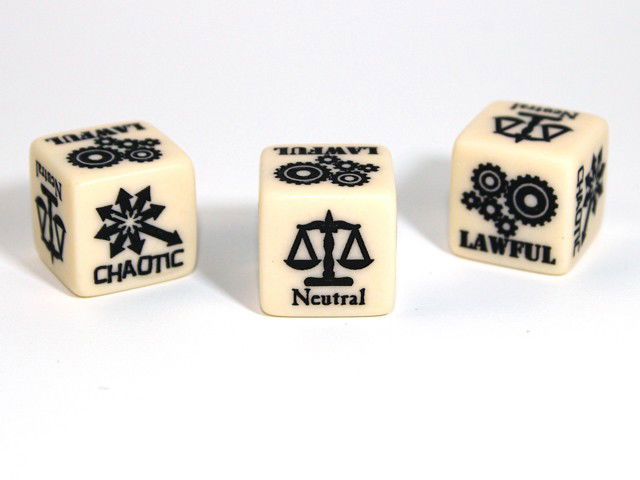
What are Alignments?
Alignments are personality patterns that everyone in D&D has since the creation of their sheet. An alignment is divided into two axes, that of Order and that of Morality, creating 9 different sets of thought forms for players and monsters.
Although only 9 sets seem like a small amount, each one of them is wide enough to encompass characters of all types with the most different desires.
If it seemed confusing or complex, don't worry, everything will be explained below.
When Alignments emerged
They started with the first version of Dungeons & Dragons in a simplified version with three elements: Order, Chaos and Neutrality.
This was a basic and functional view, but not as relevant at stake. In its later version, Advanced Dungeons & Dragons, it was where our axes were completed with the morality of good, evil and neutrality added to what we already had from the first version.
It remains unchanged to this day. As the game evolved, it became more or less in-depth depending on which version we studied, as well as its impact on rules such as the worship of gods, classes, and races.
Narrative function
As a narrative tool, alignments serve as a foundation for the character's nature.
Someone with the “Lawful Good” axes, no matter how much he wants to, will not be able to act in a naturally selfish or cruel way, and if they do, they will suffer from it. The same would be with someone “Chaotic Evil” needing to act in a charitable or regulated way.
These are conditions that come into play, there is no rule that obliges you to be X or Y, but it is considered that the player will treat such points in a relevant way. That is, it is a way of enriching the character according to their actions in the game, making it more real.
Some scenarios, in turn, impose limits according to tendencies for classes and races, such as clerics needing to follow the axes of the god they follow or certain species naturally having a specific alignment.
Mechanical function
Until the fourth edition, alignments impacted characters in a direct way.
As mentioned in the previous topic, it was common for certain races to require a specific alignment or classes could only be chosen if your character followed the required alignment.
Game concepts were also placed on aspects of the moral axes, regardless of their cause. Necromancy will always be evil even if its user is not, and so on.
Today this is less and less relevant, even in the manuals that update the fifth edition, starting with "Tasha's Cauldron of Everything", we already have the extinction of these requirements (which, together with other changes, created a great controversy as quoted in this article here ).
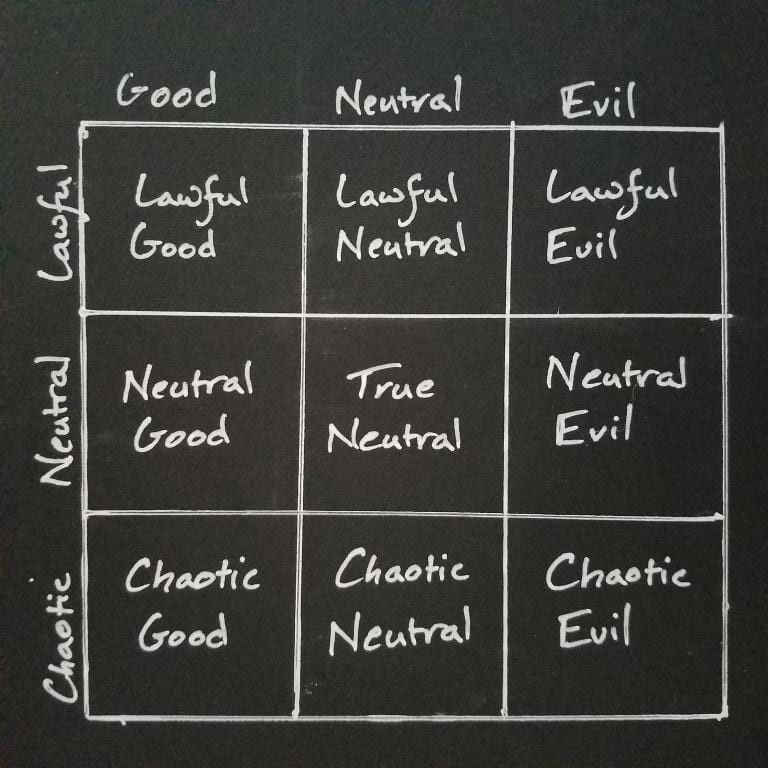
Axis
Right, but what are the alignments and their axes? We currently have two axes with 3 options each, which mix into 9 archetypes.
Axis of Morals
It is divided between Good, Evil and Neutrality.
This axis, as indicated, deals with the inherent nature of the character relating to others, that is, how much they can sacrifice themselves for the good of others or harm others for their own benefit.
Someone kind will have no problem harming themselves to help someone else, in fact, they will have the desire to do so because they consider it right.
An evil person will put their well-being and desires above anyone else. Not necessarily a bad person will see themselves as bad, perhaps as stubborn, selfish or overly competitive.
The neutrals, the majority of society, will migrate from one side to the other depending on the occasion, but never in an extreme way. A neutral person would be able to help or harm someone as needed, but would hardly sacrifice or kill for whatever reason.
Axis of Order
Divided between Lawful (or Lawful), Neutral, and Chaotic.
The order and it is linked to respect for the laws, traditions and norms of society.
An orderly person will see the laws as a foundation that must be followed and respected. Note that “laws” are not just legal, but perhaps a strong sense of duty, a tradition or train of thought (positive or negative) carried out at all times as part of their personality are examples of orderly.
A chaotic person, on the other hand, does not believe in the rigors of the law, but in diversity of thought and searches for the being's creative and individual desire. Don't consider a chaotic just a random madman, but someone who refuses to deprive their wills because of laws they don't agree with and who feels they could be different, better or even non-existent.
The neutrals, once again the majority, follow the law by custom, they are not examples of character, but follow what they consider right either out of respect or fear of consequences, but they can be tempted to break norms when necessary without the weight that an orderly would have in making them.
Alignment Archetypes
Joining the order axis and the moral axis, we create a set of 9 groups with their own characteristics, let's know a bit more about each one:

The Crusader (Lawful Good)
They consider law and order as the logical path for the good of all and therefore seek to encourage and respect their uses when made for this purpose, going against the breaking of laws, but in favor of their improvements.
A loyal and good character will be honorable and faithful while pursuing an equally just society for the majority centered on local laws and culture, even if their individual benefits are undermined in favor of the majority's quality of life.
Examples: Superman (DC Comics), Captain America (Marvel Comics), Obi-Wan Kenobi (Star Wars).

The Benefactor (Neutral Good)
The Benefactor sees respect for life and the search for its constant improvement as the main foundation of the world, having the laws (or lack thereof) only a tool for this purpose.
A Neutral Good character will thus follow the laws until they get in the way of their desire for goodness and will fight against them whenever they directly oppose the general welfare, though never in a bad way such as with torture and murder (unless for self-defense).
Examples: Xavier (X-men), Spider-Man (Marvel Comics), Kakashi (Naruto)

The Rebel (Chaotic Good)
The Rebel believes that life and freedom are equivalent in the quest for a complete existence and avidly fights those who put either at risk, whether out of villainy or by laws that limit them.
A Chaotic Good character believes that individual freedom is essential to obtain the happiness of each being and that, therefore, each one must seek it in the way that best fits, as long as it does not affect the freedom and life of other innocents.
Example: Robin Hood (folklore), Luffy (One Piece), Locke (Final Fantasy 6)

The Judge (Lawful Neutral)
The Judge sees meaning in reality only under the criterion of well-constructed laws and norms, placing them above individual wills and desires.
A Lawful Neutral character will fight for order because only it gives meaning to what we live and if they consider it wrong or subject to improvement, they will try to fight for the situation to change, but remain orderly. A Judge, within this criterion, will be able to kill or even torture an enemy, never for pleasure or will, but for the greater good: The Order.
Examples: Dr. Manhattan (Watchmen), Punisher (Marvel Comics), Amanda Waller (DC Comics)
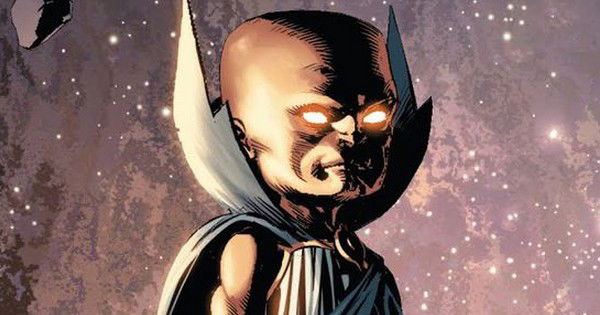
The Undecided (True Neutral)
The Undecided is someone who stays away from the search for one side or the other of the scales while aiming for balance between the axes, either by the philosophical factor of the mutual importance between good and evil, order and chaos or by the self-regulation of Nature if not influenced by external agents.
A totally neutral character is the foundation for society, most people will be like that, acting selfishly or altruistically according to the need and well-being of themselves and the people they care about, without ever fully delving into another axis.
Examples: Cloud (Final Fantasy 7), Lara Croft (Tomb Raider), Uatu the Watcher (Marvel)
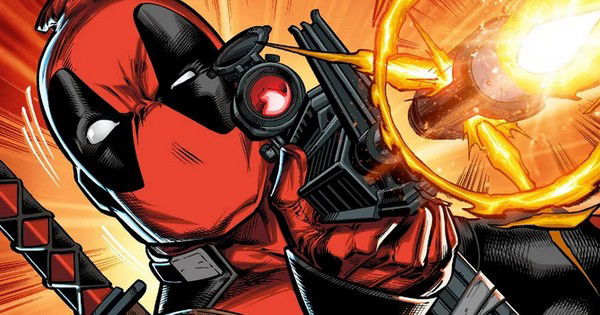
The Free Spirit (Chaotic Neutral)
The Free Spirit despises order and considers good and evil consequences of lesser value in a naturally chaotic world where only self-realization before inevitable death really matters in the end.
For a Chaotic Neutral, any action is valid if the objective is to satisfy their immediate will, and thus they become fickle and unreliable, even though they are extremely efficient in achieving their goals since moral issues will not be considered for such.
Example: Catwoman (DC Comics), Deadpool (DC Comics), Jack Sparrow (Pirates of the Caribbean)

The Dominator (Lawful Evil)
The Dominator believes in law and order as the definition of power, importance, and hierarchy. For them, the stronger must be above the weaker and earn respect from them, and therefore, they will seek to control those below and subjugate themselves to those above, until taking their place.
Lawful Evil characters are trustworthy as long as they abide by the norms they believe in, but they will spare no effort to climb the power scale (whatever that may be) no matter what they need to do as long as they don't work against their own beliefs.
Examples: Darth Vader (Star Wars), Thanos (DC Comics), Kaname Tousen (Bleach)
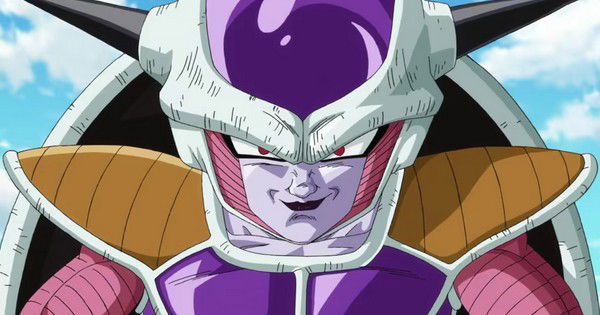
The Malefactor (Neutral Evil)
The Evildoer considers order and kindness as tools for the survival of the weak and incapable, which consequently harms those strong who should be in charge and, therefore, despises them.
Neutral Evil characters will do whatever is necessary for their personal goals regardless of how selfish or harmful it needs to be to others, although they can work as a team as long as they are useful and even then, they can betray them when necessary.
Examples: Frieza (Dragon Ball Z), Light Yagami (Death Note), Voldemort (Harry Potter)

The Destroyer (Chaotic Evil)
The Destroyer sees their individual freedom and power as the ultimate goal of existence, putting themselves above any other law or life to get what they want, whether by the needs to use or destroy them for that.
Chaotic Evil characters are extremely dangerous and fickle. Being at such extreme points of the axes of order and morality, they are unpredictable in their plans and actions, but inevitably with selfish and apathetic intentions for society and its members who, for them, are only targets, obstacles or tools.
Examples: Joker (DC Comics), Kid Buu (Dragon Ball Z), Apocalypse (DC Comics)
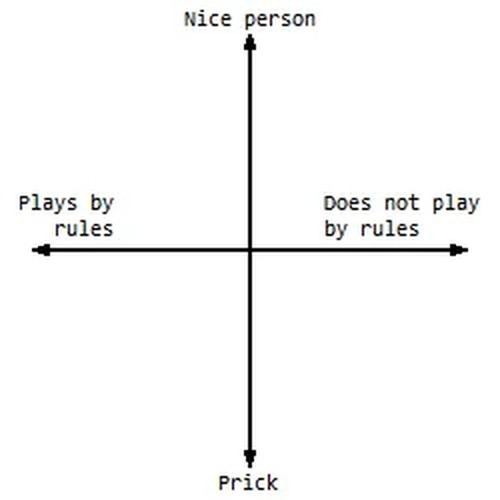
How to use them
Altogether, these 9 archetypes give players enormous freedom to decide what type of character to make, but it is still common to fall into certain clichés like the ones mentioned at the beginning of this article.
So, now that we know where they came from, what they are for and what they are, let's go to tips on how to use them in game!
Guides, not constraints
Tendencies are guides, they are inherent wills of the character that may or may not be followed, but that will always be present in the player's decision-making.
Don't get carried away by obvious choices or easy paths, each axis of order and morality allows for a gigantic range of unique and complex traits for your character and even someone treated as evil or chaotic will be able to do good or orderly actions if necessary.
The question is knowing how to measure your choices not only guided by a simplistic and direct version of your alignment, but also according to your background, your situation and the people around you, whether in the narrative or at the game table.
Create conflict
You may have an orderly nature, but find yourself faced with an ancient system of laws and norms that you are unable to accept. You can be good, but feel obligated to act evil and selfish for the greater good…
This kind of duality and psychological conflict should be the key to a competent use of alignments in your game and encouraged both by the narrator, who must give the situations for it, and by the player, who must strive to act them out in the best way.
Change if necessary
It's not uncommon for campaigns to allow their characters to change their point of view and personality. This evolution can be shown by changing the alignments of your sheet.
Of course, this is not common, but combined with the Storyteller it is possible for a neutral rogue to understand the value of life with their cleric partnership or how rules are limiting with their bard friend acquiring traits of one or both.
Be open to change, don't let the creation of your sheet limit your character's future.
Ignore if you want
Some tables just don't want or care about alignments. And it's all right.
Like everything else in the game, if you're feeling that specific alignments are getting in the way, ignore the rule and get on with life.
Especially in the fifth edition, this will make little to no real significant changes.
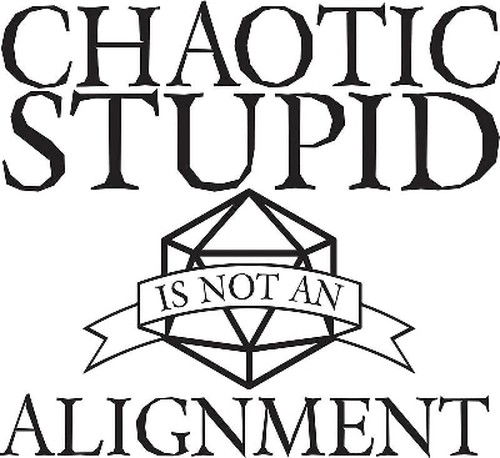
The Trend of Alignments
Uncertain Future
D&D 5e is slowly reducing the relevance of alignments, and I have no doubts that they would become occasional rules or even withdrawn from a future edition.
But as you saw in this article, its use can be enriching! A tool that helps in developing the personality of new player and GM characters with different possible levels of complexity.
And what do I think?
I admit that before starting this article, I treated alignments as a dated and limiting rule, but as I revisited the rules, their origin and details in different sources, I ended up noticing that it can still be very useful.
Maybe it needs changes and a clearer view of what it encourages in play, but give them a chance! Try to see your axes in a creative way and get out of the comfort zone of these rules, that will surely create wonderful characters.
Now it's up to you
And you, do you use alignments? Or do you prefer a free creation without these rules? Do you think they last for the future of Dungeons & Dragons?
Please let us know, there's a lot of talk about it that can still be done!

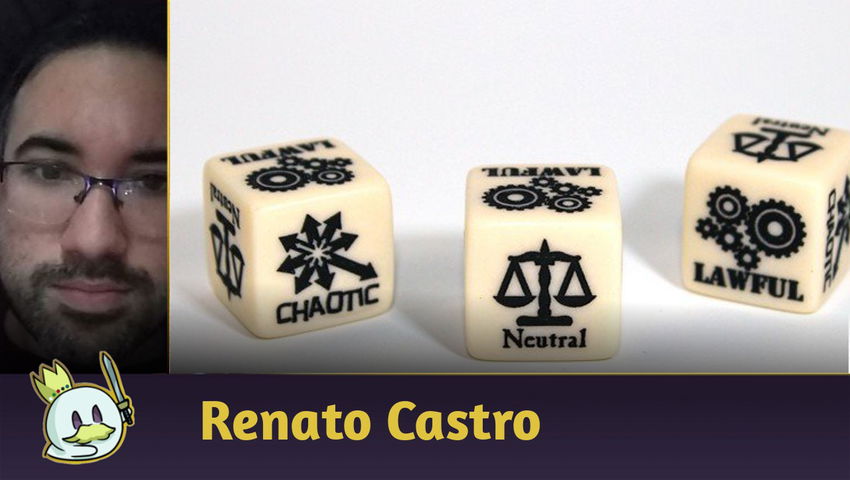








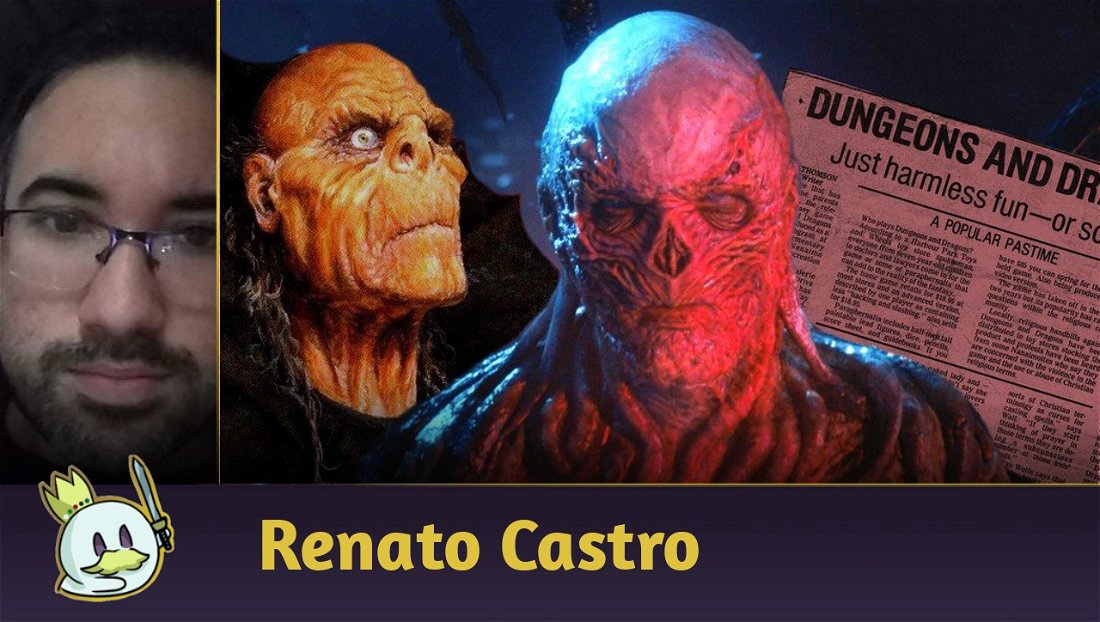



— Kommentare 0
, Reaktionen 1
Sei der erste der kommentiert